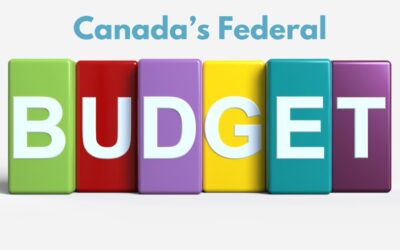As the Canadian Emergency Response Benefit (CERB) came to an end last month, along with other government-supported relief benefits, there’s been an alternative to that released now to continue helping Canadians financially affected by COVID. While CERB was a quickly-composed catch-all relief benefit to support as many Canadians without income due to COVID as possible, reviews and adjustments have been made with this new set of benefits. Note that there are separate benefit structures for those who have lost income due to sickness, caregiving needs, or loss of employment. For those CERB recipients who were filing under the EI program, and are still eligible for EI, will continue to apply through that program. This new suite of relief benefits is for those outside of EI eligibility, including self-employed.
What you need to know is:
- if eligible for the Canadian Recovery Benefit, you can apply on or after October 12, 2020 for the new benefits via CRA’s My Account portal (same as CERB)
- unlike CERB, 10% income tax will be withheld from each payment at source
- unlike CERB where you had to reapply every 4 weeks, CRB requires you to reapply every 2 weeks
- if you remain eligible, you can receive up to 13 periods between September 27, 2020 and September 25, 2021
- you must be looking for work to continue to be eligible for this benefit (if that doesn’t apply to you, explore other benefits available such as the Canada Recovery Sickness Benefit or Canada Recovery Caregiving Benefit)*
- FOR SELF-EMPLOYED: income eligibility includes having a 50% reduction in your average weekly income compared to the previous year due to COVID-19. For self-employed, this income calculation is your revenue minus any expenses incurred to earn the self-employment revenue.
- you can earn employment or self-employment income while on this benefit, however, if your total calendar year NET income is more than $38,000, you’ll have to repay a portion of benefits received (see here for this calculation)
CRB Highlights:
- if eligible you can receive $1000 gross every 2 weeks, with 10% income tax withheld at source, so you’ll be receiving a net $900/2 weeks
- is for those individuals who do not qualify for EI Benefits — i.e. gig workers, freelance, self-employed — and are unable to work due to COVID* or had a 50% reduction in income from the same time last year
- many other eligibility criteria are similar to that of CERB
- the periods are only 2 weeks (instead of previously 4), and the first period is September 27 – October 10. You must re-apply every 2-week period to receive the benefit, up to 13 of the 26 available periods, and they do not have to be consecutive.
- you may apply for benefits retroactively for any period up to 60 days after that period has ended.
CRB not for you? CRCB and CRSB may be:
- Canada Recovery Caregiver Benefit (CRCB) is designed for those who are employed or self-employed and are unable to work because they must care for their child under 12 years old or a family member who needs supervised care. This applies if their school, regular program or facility is closed or unavailable to them due to COVID-19, or because they’re sick, self-isolating, or at risk of serious health complications due to COVID-19
- Canada Recovery Sickness Benefits (CRSB) is designed for those who are employed or self-employed and are unable to work because they’re sick or need to self-isolate due to COVID-19, or have an underlying health condition that puts them at greater risk of getting COVID-19.
- If you’re eligible for the CRCB/CRSB, your household can receive $500 ($450 after taxes withheld) for each 1-week period.
- If your situation continues past 1 week, you will need to apply again.
- You may apply up to a total of 26 weeks between September 27, 2020 and September 25, 2021.
Tax Considerations:
- the CRA will provide you with a T4A tax information slip at tax time for the amount you received in CRA administered COVID-19 benefits.
- although the new benefits include a 10% income tax withheld at source, this may not be enough. Doing some tax planning can help you to make sure there are no surprises next April, and even allow you to slowly save to pay any additional amounts that may be required (or create additional tax deductions as required while you’re still able to — next April is too late!)
This is a summary of the benefits as reported by Canada Revenue Agency at the date of publication (October 7, 2020). Please reference the government websites linked for each program to find out the latest and most detailed info.




0 Comments